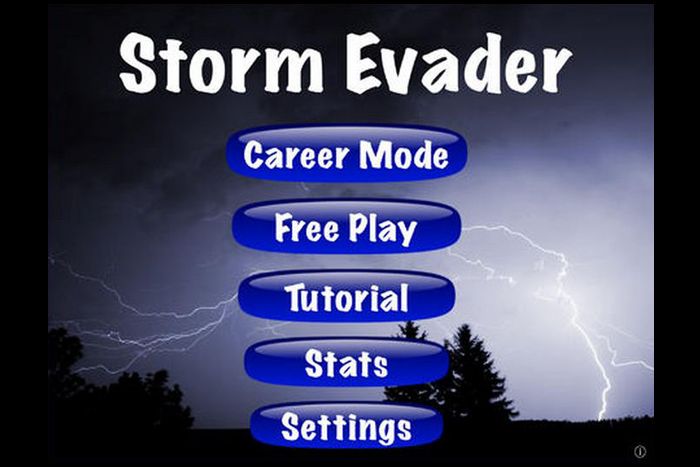Putting Tablet Users in the Pilot Seat

This Research in Action article was provided to LiveScience in partnership with the National Science Foundation.
The appearance is simple, a map with three viewing options: Radar, Forecast and Outlook. The game requires players to be decisive and swift in problem solving. The task? Navigate each plane home safely, avoiding other planes and bad weather. The reward? Virtual money — and the satisfaction of potentially improving your brain.
Undergraduate computer science and meteorology students collaborated with a computer science professor from the University of Oklahoma to design and create an iPad app — Storm Evader. The objective of the game is to virtually guide airplanes along safe paths to their airport destinations while avoiding dangerous collisions and turbulent weather. The main screen in the game is an outline of the continental United States. On the map, the player can view the planes’ flight paths, weather patterns and changes in those paths and patterns over time. These different views allow the player to plan and strategize which paths are safest for the planes.
The game is designed to improve skills such as planning, decision-making and problem solving. To encourage successful navigation, the game rewards users with virtual money. The less travel time and damage the plane accrues, the more virtual money the player earns. This setup encourages players to take risks and make sound decisions.
Asked about his impression of the game, Roger Motzko, a manager in the Air Traffic Organization of the Federal Aviation Administration in Alaska said, “As a risk measuring tool and behavior modifier, it is a good, skill-based game … For practice and education, [Storm Evader] is a great tool, provided the student is attempting to see how well they can interpret the weather and meet the rules.”
Storm Evader has been released through iTunes and can be downloaded for free onto iPad devices. Creation of the app was made possible by funding from the National Science Foundation’s Directorate for Computer & Information Science & Engineering.
The researchers published an article about the app in the Bulletin of the American Meteorological Society.
Sign up for the Live Science daily newsletter now
Get the world’s most fascinating discoveries delivered straight to your inbox.
NSF’s Science Now included a report in this video.
Editor's Note: Any opinions, findings, and conclusions or recommendations expressed in this material are those of the author and do not necessarily reflect the views of the National Science Foundation. See the Research in Action archive.













